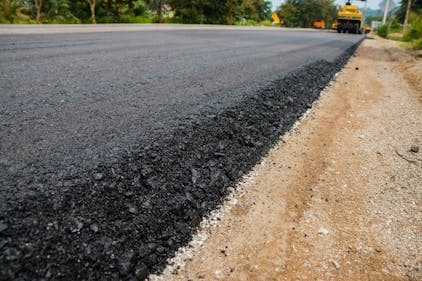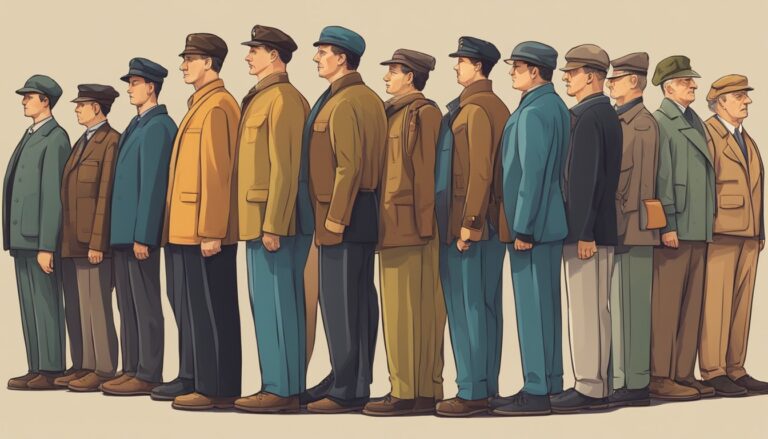A Timeline of CO2 in Cooling Technologies
Carbon dioxide (CO2) has undergone a remarkable transformation in the world of cooling technologies, transitioning from an early refrigerant to a cutting-edge, eco-friendly solution.
From its humble beginnings in the 19th century to its modern-day applications, CO2 has proven its versatility and efficiency in various refrigeration systems.
As the global community seeks sustainable alternatives to traditional refrigerants, CO2 has emerged as a promising contender, offering a balance between performance and environmental responsibility.
We will explore the fascinating timeline of CO2 in cooling technologies, tracing its evolution and potential for shaping the future of refrigeration.
The Early Uses of CO2 in Refrigeration Systems
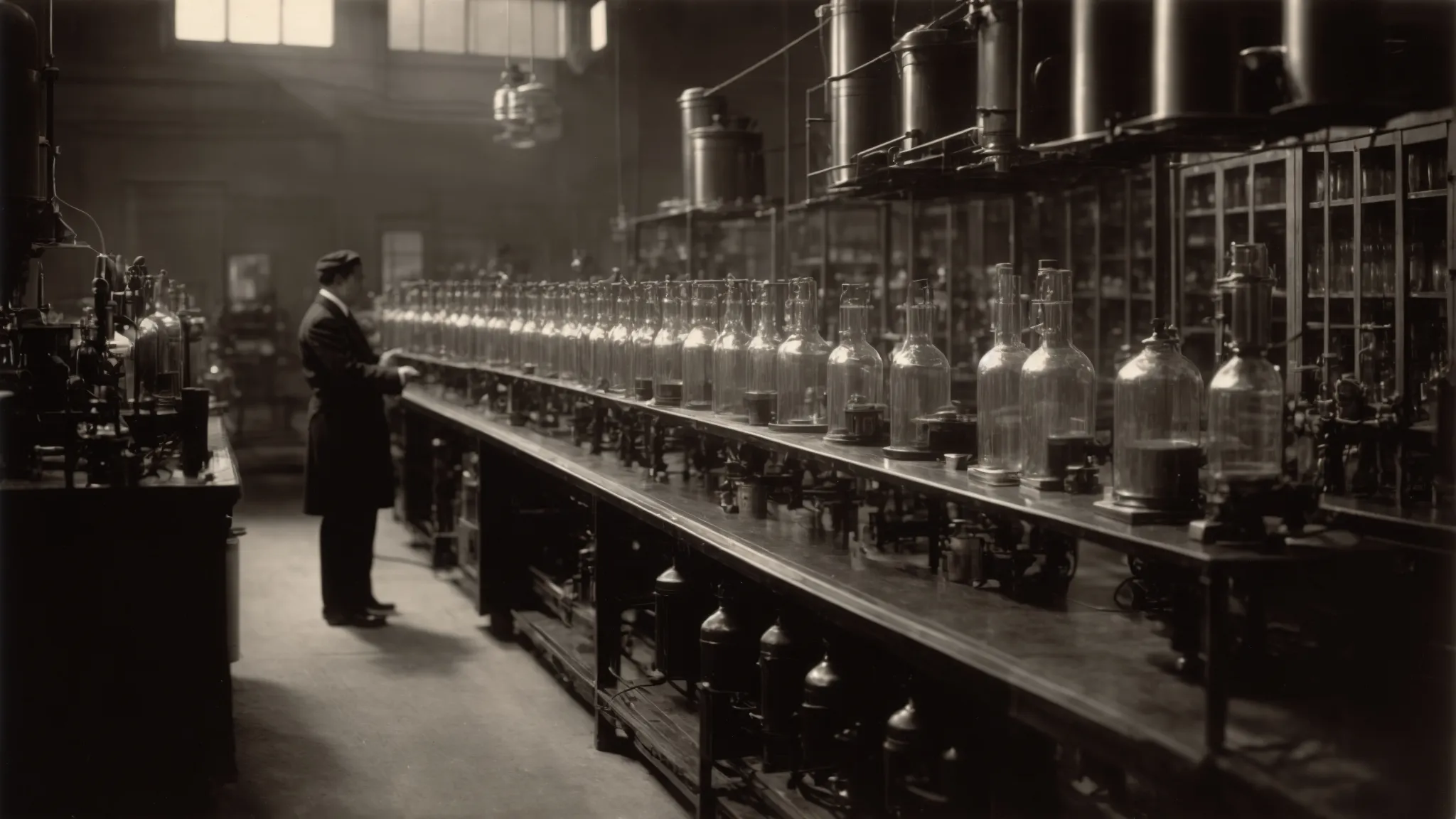
The 19th century marked a pivotal era in the evolution of refrigeration technology, as scientists and inventors began to harness the cooling properties of carbon dioxide (CO2).
This odorless, colorless, and non-flammable gas, which had been discovered in the 1750s by Scottish chemist Joseph Black, would soon revolutionize the way perishable goods were stored and transported.
The early experiments and innovations involving CO2 laid the groundwork for the development of modern refrigeration systems that have become indispensable in our daily lives.
Discovering CO2’s Properties for Cooling in the 19th Century
In 1835, French physicist Adrien-Jean-Pierre Thilorier unveiled his groundbreaking invention, the first solid CO2 machine, which utilized the cooling effects of expanding liquid carbon dioxide. This discovery paved the way for further exploration into CO2’s potential as a refrigerant.
First Commercial CO2 Refrigerators and Their Impact
In the late 19th century, German engineer Carl von Linde and American entrepreneur David Boyle independently developed the first commercial CO2 refrigerators. These groundbreaking machines revolutionized the food industry by enabling the long-distance transportation and storage of perishable goods.
The timeline of CO2 in cooling technologies:
| Year | Event |
|---|---|
| 1835 | Adrien-Jean-Pierre Thilorier invents the first solid CO2 machine |
| 1866 | Thaddeus Lowe demonstrates the use of CO2 in refrigeration |
| 1881 | Carl von Linde develops the first commercial CO2 refrigerator |
| 1890 | David Boyle introduces CO2 refrigerators in the United States |
The success of these early CO2 refrigerators sparked a wave of innovation and competition, as manufacturers sought to improve the efficiency and reliability of their designs. By the early 20th century, CO2 refrigeration systems had become a staple in the food industry, ensuring the safe and efficient distribution of perishable products to consumers worldwide.
From these humble beginnings, CO2 refrigeration technology has made remarkable strides. Innovative engineers and researchers have transformed the landscape of cooling systems, propelling us into a new era of efficiency and sustainability.
Technological Advancements in CO2 Cooling Systems
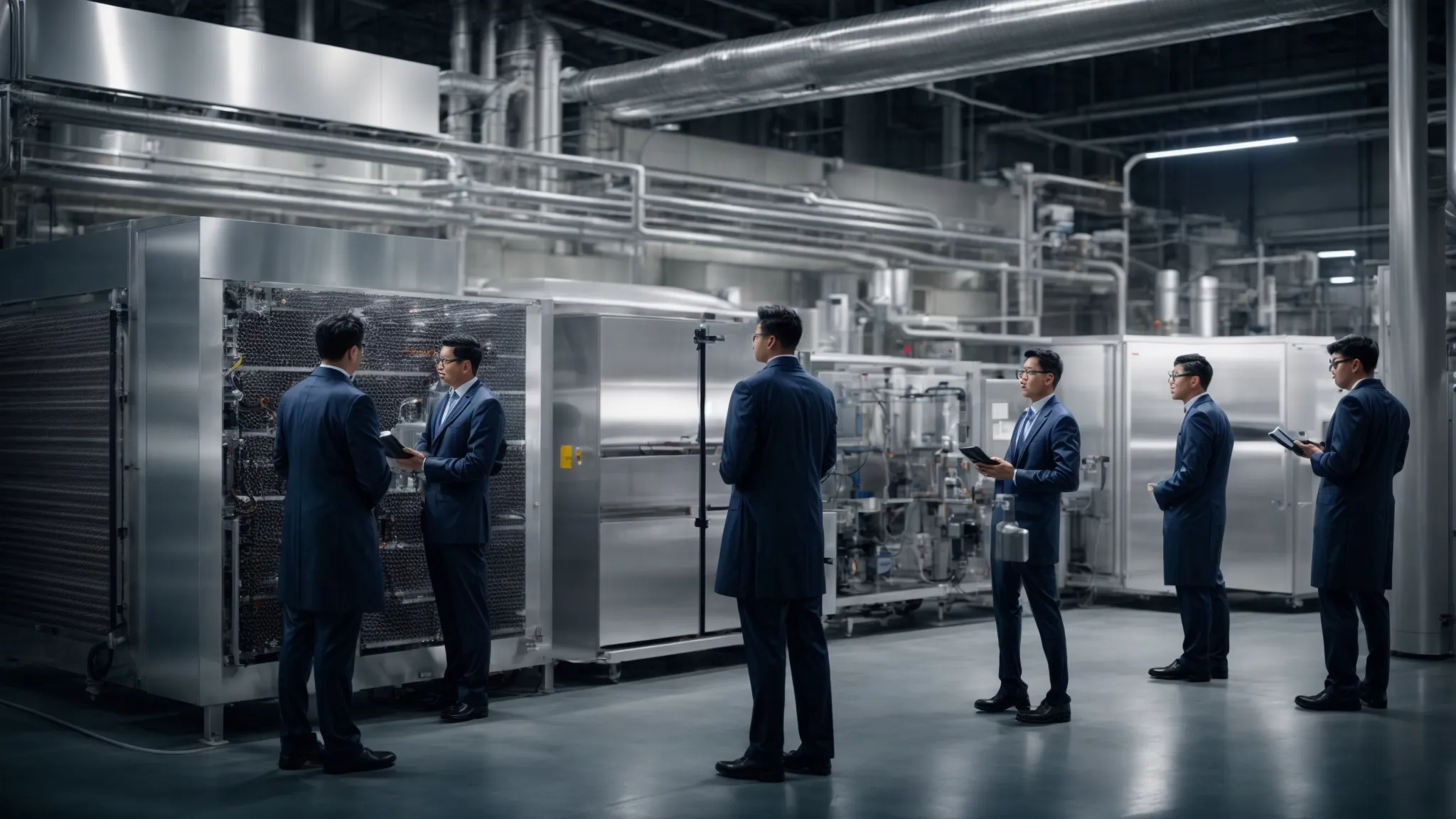
As the 20th century progressed, CO2 refrigeration technology continued to evolve, driven by the growing demand for more efficient and reliable cooling systems.
Inventors and engineers worked tirelessly to improve upon the early designs, developing new compressors, heat exchangers, and control mechanisms that would revolutionize the industry.
Breakthroughs Leading to More Efficient CO2 Compressors
In the early 20th century, engineers made significant strides in developing more efficient CO2 compressors. These breakthroughs included the introduction of multi-stage compression, which allowed for higher operating pressures and improved cooling capacity, and the development of sealed, hermetic compressors that reduced leakage and increased reliability.
Key milestones in CO2 compressor technology:
| Year | Breakthrough |
|---|---|
| 1920s | Introduction of multi-stage compression |
| 1930s | Development of sealed, hermetic compressors |
| 1950s | Adoption of rotary compressors for CO2 systems |
| 1990s | Emergence of high-efficiency reciprocating compressors |
These advancements in compressor technology significantly improved the performance and energy efficiency of CO2 refrigeration systems, making them more attractive for a wide range of applications, from small-scale refrigerators to large industrial cooling plants.
Introduction of the Cascade System for Enhanced Performance
In the mid-20th century, the introduction of cascade refrigeration systems marked a significant advancement in CO2 cooling technology. By combining two or more refrigeration cycles, each using a different refrigerant, cascade systems achieved lower temperatures and higher efficiencies than single-stage CO2 systems.
Notable examples of cascade systems using CO2:
| System | Application |
|---|---|
| CO2/NH3 cascade | Industrial refrigeration, food processing |
| CO2/HFC cascade | Supermarket refrigeration, cold storage |
| CO2/HC cascade | Commercial refrigeration, heat pumps |
The adoption of cascade systems expanded the range of applications for CO2 refrigeration, enabling its use in ultra-low temperature processes and enhancing its competitiveness against other refrigerants. This innovation further solidified CO2’s position as a viable and eco-friendly alternative in the cooling industry.
The rapid evolution of CO2 cooling technology has paved the way for a new era in refrigeration. Driven by a growing environmental consciousness, the industry now stands at the precipice of a green revolution, ready to embrace eco-friendly cooling solutions that promise to transform the landscape of temperature control.
The Shift Towards Eco-Friendly Cooling Solutions
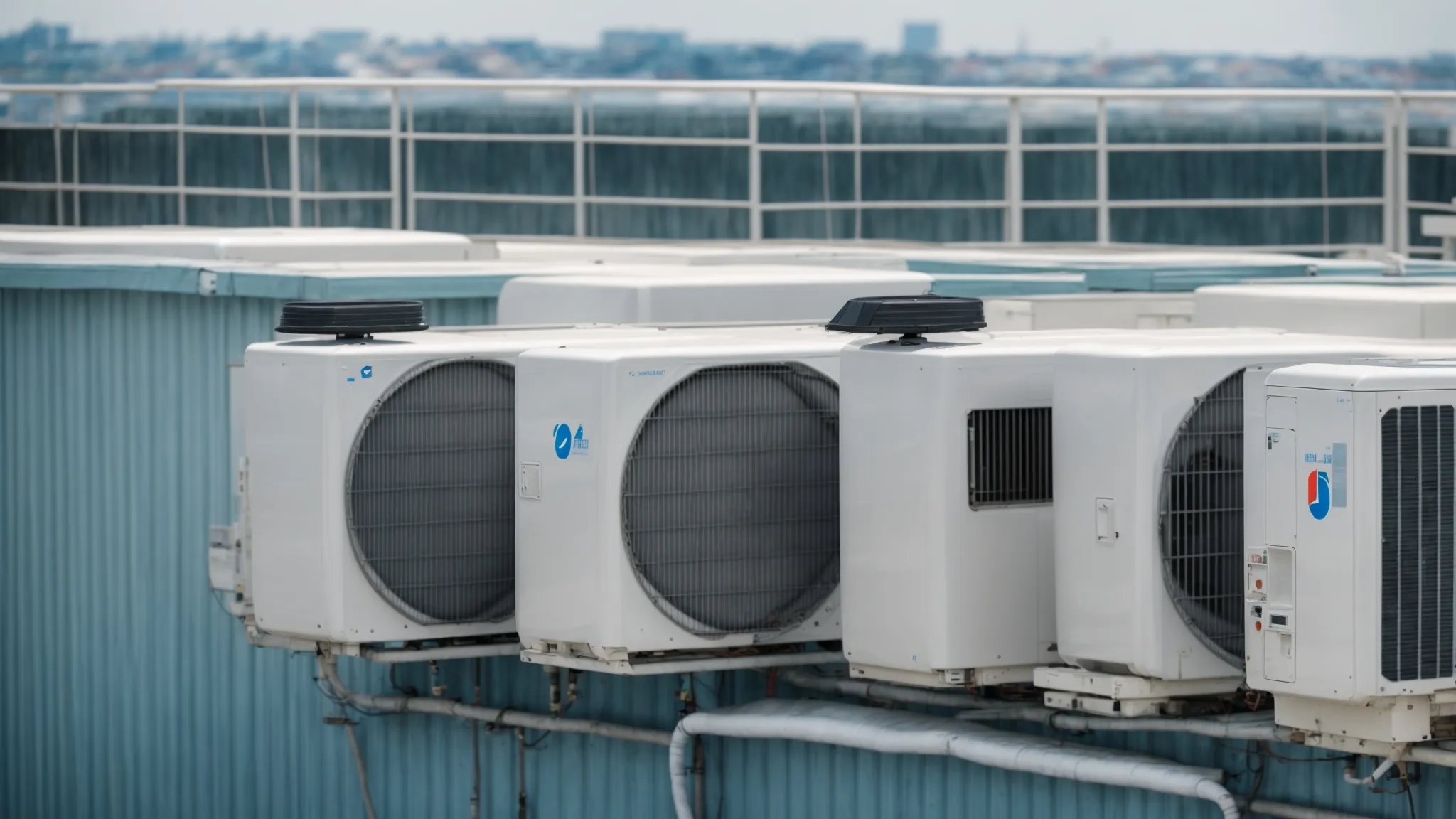
As the 20th century drew to a close, a growing awareness of the environmental impact of refrigerants led to a resurgence of interest in CO2 as a cooling agent.
The adoption of stricter regulations and the increasing demand for sustainable cooling solutions propelled CO2 technology back into the spotlight, sparking a new era of innovation and widespread adoption in the refrigeration industry.
The Role of Environmental Regulations in Reviving CO2 Technology
The late 20th century saw a surge in environmental regulations targeting the use of harmful refrigerants, such as chlorofluorocarbons (CFCs) and hydrochlorofluorocarbons (HCFCs). These regulations, including the Montreal Protocol and the Kyoto Protocol, aimed to phase out ozone-depleting substances and reduce greenhouse gas emissions, creating a pressing need for alternative, eco-friendly refrigerants.
CO2, with its low global warming potential (GWP) and non-ozone-depleting properties, emerged as a promising solution to meet these regulatory requirements. The environmental regulations played a crucial role in reviving interest in CO2 refrigeration technology:
- They created a demand for sustainable cooling solutions, spurring research and development in CO2-based systems
- They encouraged manufacturers to invest in CO2 technology to comply with the new standards and maintain their market position
- They raised public awareness about the environmental impact of refrigerants, leading to increased consumer demand for eco-friendly products
As a result, CO2 refrigeration systems experienced a resurgence in popularity, with manufacturers and researchers working to optimize the technology for various applications, from small-scale refrigerators to large industrial cooling plants. This renewed focus on CO2 as a refrigerant has driven significant advancements in system design, efficiency, and safety, solidifying its position as a viable and sustainable alternative in the cooling industry.
Expansion of Green Cooling Solutions and Their Global Adoption
The expansion of green cooling solutions has gained significant momentum in recent years, with CO2 refrigeration systems at the forefront of this global shift. As more countries adopt stringent environmental regulations and sustainability goals, the demand for eco-friendly cooling technologies has skyrocketed, leading to a widespread adoption of CO2-based systems across various industries:
| Industry | Application of CO2 Cooling |
|---|---|
| Supermarkets | Refrigeration systems, display cases |
| Food Processing | Cold storage, blast freezing |
| Automotive | Air conditioning, heat pumps |
| Data Centers | Precision cooling, heat recovery |
The global adoption of CO2 cooling solutions has been further accelerated by the development of international standards and certification programs, which ensure the safety, efficiency, and interoperability of these systems. As a result, CO2 refrigeration has become an increasingly attractive option for businesses looking to reduce their environmental impact and comply with regulations while maintaining high performance and cost-effectiveness.
The expansion of green cooling solutions has not only contributed to the fight against climate change but has also fostered a new era of innovation and collaboration in the refrigeration industry. Manufacturers, researchers, and stakeholders worldwide are working together to optimize CO2 technology, sharing best practices and developing new solutions to address the unique challenges of each application. This global effort has solidified CO2’s position as a key player in the future of sustainable cooling.
The quest for sustainable cooling has driven the refrigeration industry to explore greener alternatives. CO2 technology has emerged as a frontrunner, sparking a wave of cutting-edge innovations that are revolutionizing the field.
Modern Innovations in CO2 Refrigeration Technology
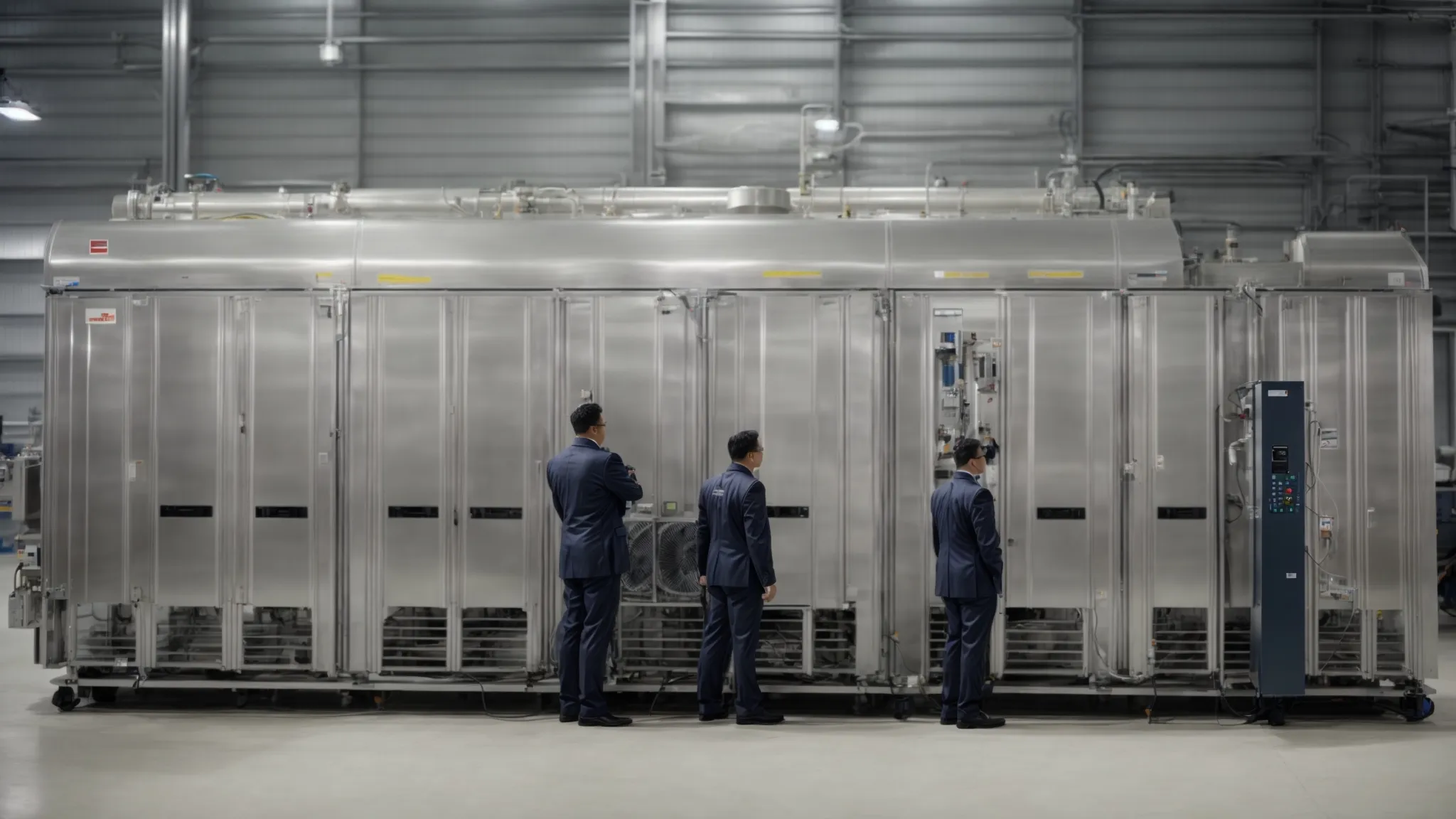
As the 21st century unfolds, CO2 refrigeration technology continues to evolve at a rapid pace, driven by the pressing need for sustainable and efficient cooling solutions.
Modern innovations in CO2 systems have not only pushed the boundaries of performance and reliability but have also opened up new possibilities for applications in various industries.
From the development of transcritical cycles in supermarket refrigeration to the advancements in heat pump technologies, CO2 has proven to be a versatile and powerful refrigerant in the face of today’s environmental challenges.
Development of Supermarket Refrigeration With Transcritical Cycles
Transcritical CO2 refrigeration cycles have revolutionized supermarket cooling, offering a sustainable and efficient alternative to traditional systems. These innovative designs operate at higher pressures, allowing for heat recovery and reducing overall energy consumption:
- Transcritical CO2 systems can provide both cooling and heating, making them ideal for supermarkets with diverse temperature requirements
- Heat recovery from the gas cooler can be used for space heating, water heating, or even power generation through a CO2 turbine
- Advanced control strategies optimize system performance based on ambient conditions, ensuring maximum efficiency year-round
The adoption of transcritical CO2 systems in supermarkets has been accelerated by the development of specialized components, such as ejectors and parallel compression, which further enhance system performance and flexibility. As more retailers embrace this technology, it is expected to become the standard for sustainable and cost-effective supermarket refrigeration worldwide.
Advancements in Heat Pump Technologies Using CO2
CO2 heat pumps have emerged as a promising solution for sustainable heating and cooling, leveraging the unique properties of carbon dioxide as a refrigerant. Recent advancements in CO2 heat pump technology have focused on improving efficiency, expanding application ranges, and enhancing system flexibility. Innovations such as multi-stage compression, gas cooler optimization, and advanced control strategies have significantly increased the performance and viability of CO2 heat pumps in various settings, from residential and commercial buildings to industrial processes.
The landscape of refrigeration is rapidly evolving, with CO2 emerging as a game-changing solution. But what hurdles must be overcome to fully harness the potential of this innovative technology?
Challenges and Solutions in Implementing CO₂ as a Refrigerant
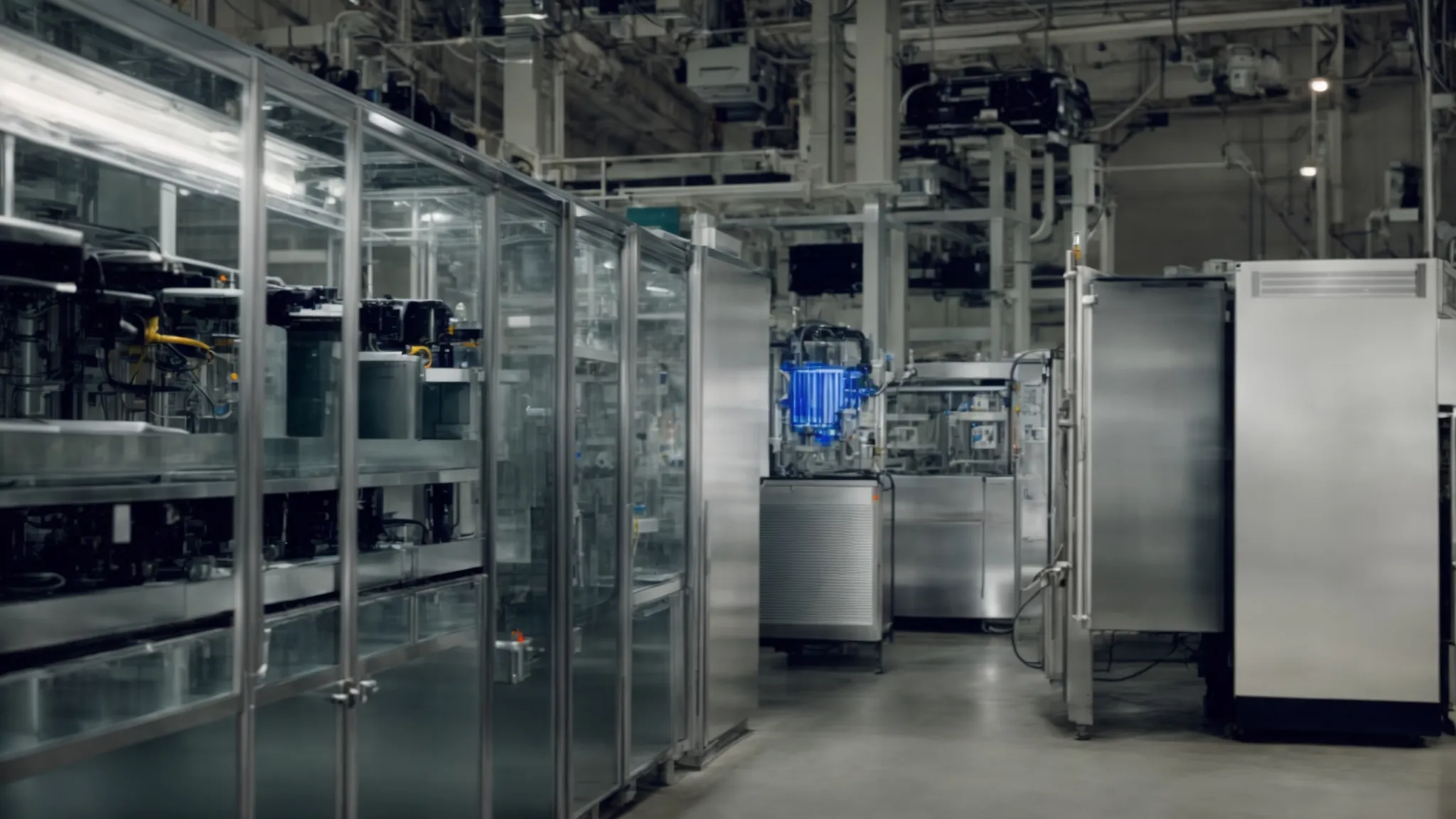
Despite the numerous advantages of CO2 as a refrigerant, its implementation in cooling systems has faced several challenges. High operating pressures, system complexity, and the need for specialized components have been some of the primary hurdles in the widespread adoption of CO2 technology.
Manufacturers and researchers have been working diligently to address these issues and develop solutions that optimize the performance and cost-effectiveness of CO2 refrigeration systems:
- Developing high-pressure components, such as compressors, heat exchangers, and valves, to withstand the unique operating conditions of CO2 systems
- Optimizing system designs to minimize complexity and improve efficiency, such as the use of ejectors and parallel compression in transcritical cycles
- Enhancing safety measures and training programs to ensure proper handling and maintenance of CO2 refrigeration equipment
Another challenge in implementing CO2 as a refrigerant has been the lack of universal standards and regulations. The absence of a unified approach has led to variations in system designs, components, and installation practices across different regions and industries. To address this issue, international organizations and regulatory bodies have been working to establish comprehensive standards and guidelines for CO2 refrigeration systems, promoting consistency, safety, and interoperability on a global scale.
As the cooling industry continues to navigate these challenges, the adoption of CO2 as a refrigerant is expected to accelerate in the coming years. The development of innovative solutions, coupled with the growing awareness of the environmental benefits of CO2 technology, will drive the widespread implementation of this sustainable cooling option across various sectors. By addressing the challenges head-on and fostering collaboration among stakeholders, the industry is paving the way for a greener and more efficient future in refrigeration.
Conclusion
The evolution of CO2 refrigeration technology has played a crucial role in shaping the modern cooling industry.
From the early experiments in the 19th century to the development of transcritical cycles and heat pump technologies, CO2 has proven to be a versatile and sustainable refrigerant.
The adoption of CO2 cooling systems has been driven by the pressing need for eco-friendly solutions and the introduction of environmental regulations.
As the industry continues to innovate and overcome challenges, CO2 refrigeration is poised to become the standard for sustainable and efficient cooling in the future.



